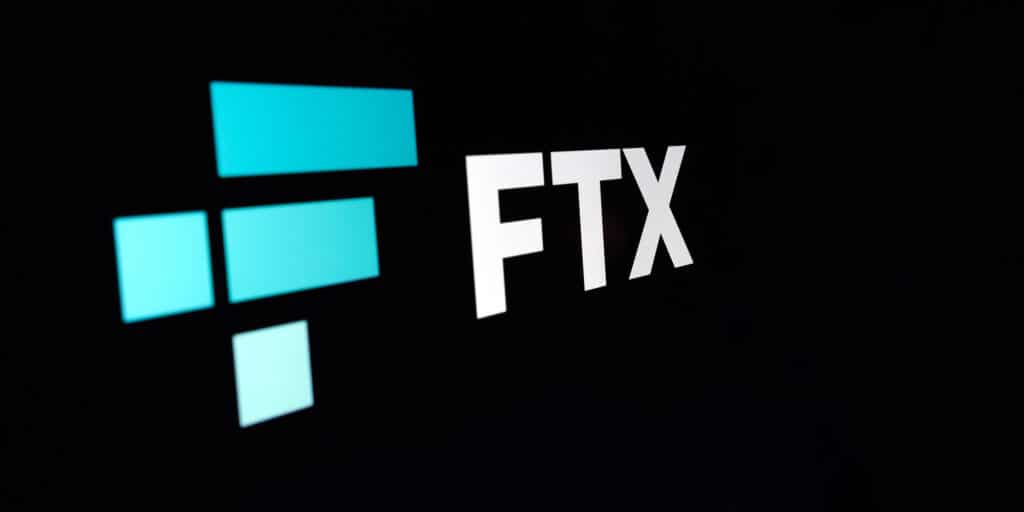TLDR
- FTX’s $1.6B payout starts on September 30, 2025, under Chapter 11 plan.
- U.S. creditors will receive 40%, bringing their recovery to 95%.
- Valuation disputes persist over using 2022 crypto prices for payouts.
- Crypto market remains flat despite $1.6B liquidity injection from FTX.
FTX’s third distribution to creditors, scheduled for September 30, 2025, marks a key moment in the bankruptcy process. With $1.6 billion to be paid out, the move has sparked speculation about its potential to influence the broader cryptocurrency market. While some see the influx of liquidity as a boost, questions about how the payout is valued compared to current crypto prices persist.
Details of the Upcoming FTX Distribution
FTX Recovery Trust will initiate the third phase of creditor payments on September 30, 2025, under its Chapter 11 reorganization plan. This distribution follows earlier payouts totaling over $6 billion since the exchange’s collapse in late 2022. Eligible creditors, after completing KYC verification and tax submissions, will receive their payments through service providers such as BitGo, Kraken, or Payoneer.
The distribution will follow a “waterfall” payout structure, prioritizing certain groups of creditors over others. U.S. customers (Class 5B) will receive a 40% payout, bringing their cumulative recovery to 95%. Dotcom customers (Class 5A) will receive an additional 6%, increasing their total to 78%.
General unsecured claims (Class 6A) and digital asset loan claims (Class 6B) will each see 24%, raising their overall recoveries to 85%. Convenience claims (Class 7) will be paid at 120%, exceeding the face value of their obligations.
Valuation Concerns Impacting Creditor Sentiment
One major issue raised by creditors is the valuation model used for the distribution. Repayments are calculated using November 2022 crypto asset prices, which were much lower than current levels. Bitcoin, for example, was valued between $16,000 and $20,000 in late 2022, while it is now trading around $120,000. Critics argue this method undercompensates creditors who could have realized higher returns in the market’s recovery.
Despite the court’s decision to uphold the valuation model, which maintains consistency with prior legal rulings, many affected parties feel dissatisfied. Some creditors argue that adjusting for the recent surge in crypto prices would provide fairer compensation. However, legal experts suggest that any changes to the distribution methodology may face challenges given the legal framework already in place.
Mixed Market Reactions to the Distribution
As the FTX Recovery Trust prepares to distribute $1.6 billion, the broader cryptocurrency market is showing mixed reactions. While the liquidity injection from the payout could provide a short-term boost to prices, the market has remained relatively flat in recent weeks. This stagnation comes despite the U.S. Federal Reserve cutting interest rates, which typically has a positive effect on asset prices.
Bitcoin and other cryptocurrencies are still trading within a narrow range, with BTC hovering around $115,000 to $117,000. Analysts have noted that Bitcoin’s price needs to close above $117,000 to signal any substantial upward movement. The market’s reaction has been tepid, with some speculating that the distribution may not have the desired effect on prices in the immediate term.
Challenges and Legal Uncertainty Surrounding the Payouts
In addition to valuation concerns, other challenges are complicating the FTX creditor payouts. A court filing earlier this year sought to freeze 5% of claims in 49 jurisdictions, including China, due to regulatory uncertainties. While this issue does not directly affect the upcoming distribution, it highlights ongoing legal hurdles that could delay future payouts or complicate the overall process.
The third distribution also comes at a time when the FTX token (FTT) has experienced volatility. Although the token has seen a surge in value, it remains far below its all-time highs. Despite this, there is speculation that the release of funds could drive further price movements in the cryptocurrency market, potentially aiding in the stabilization of asset prices over the coming months.






